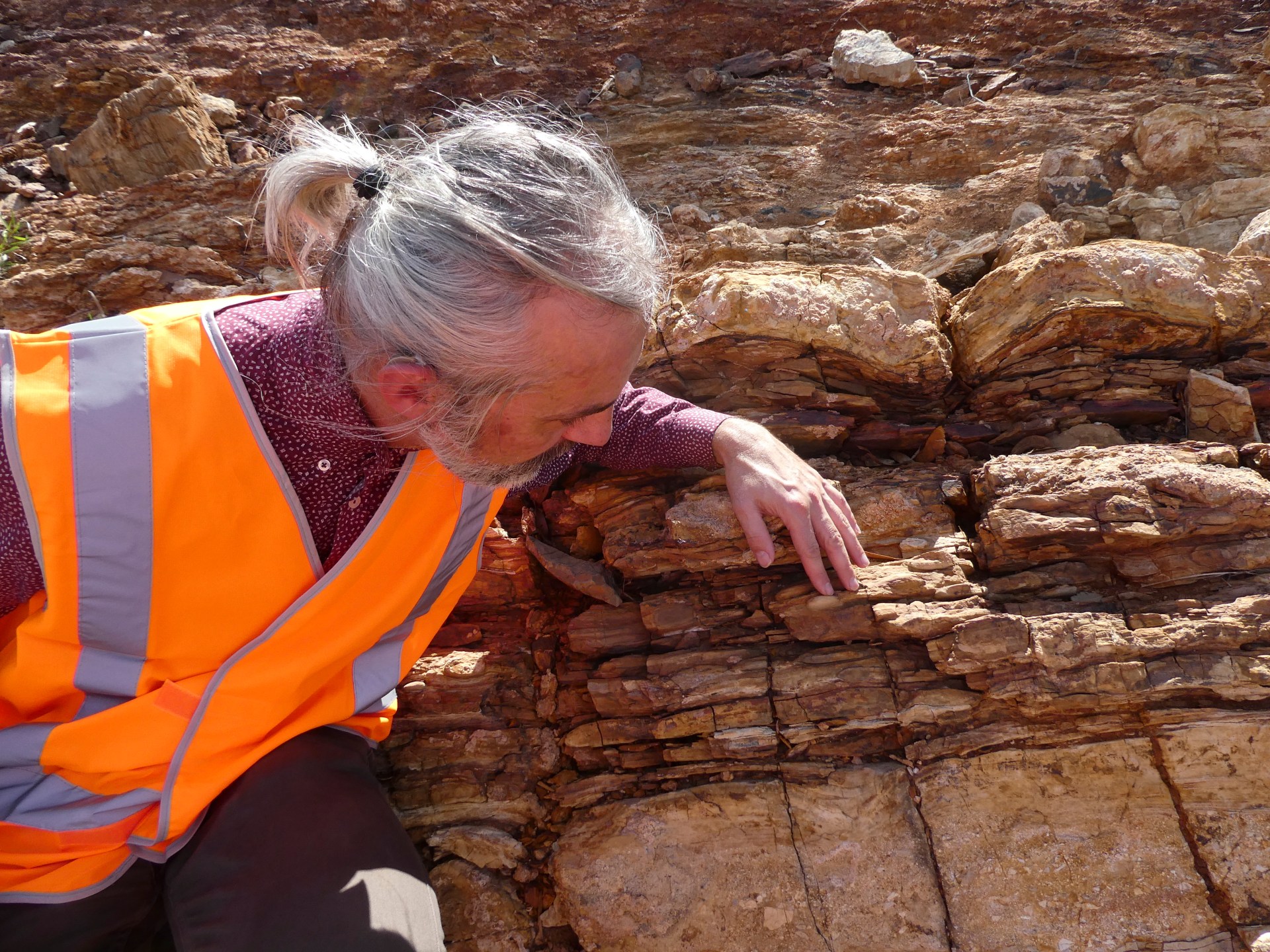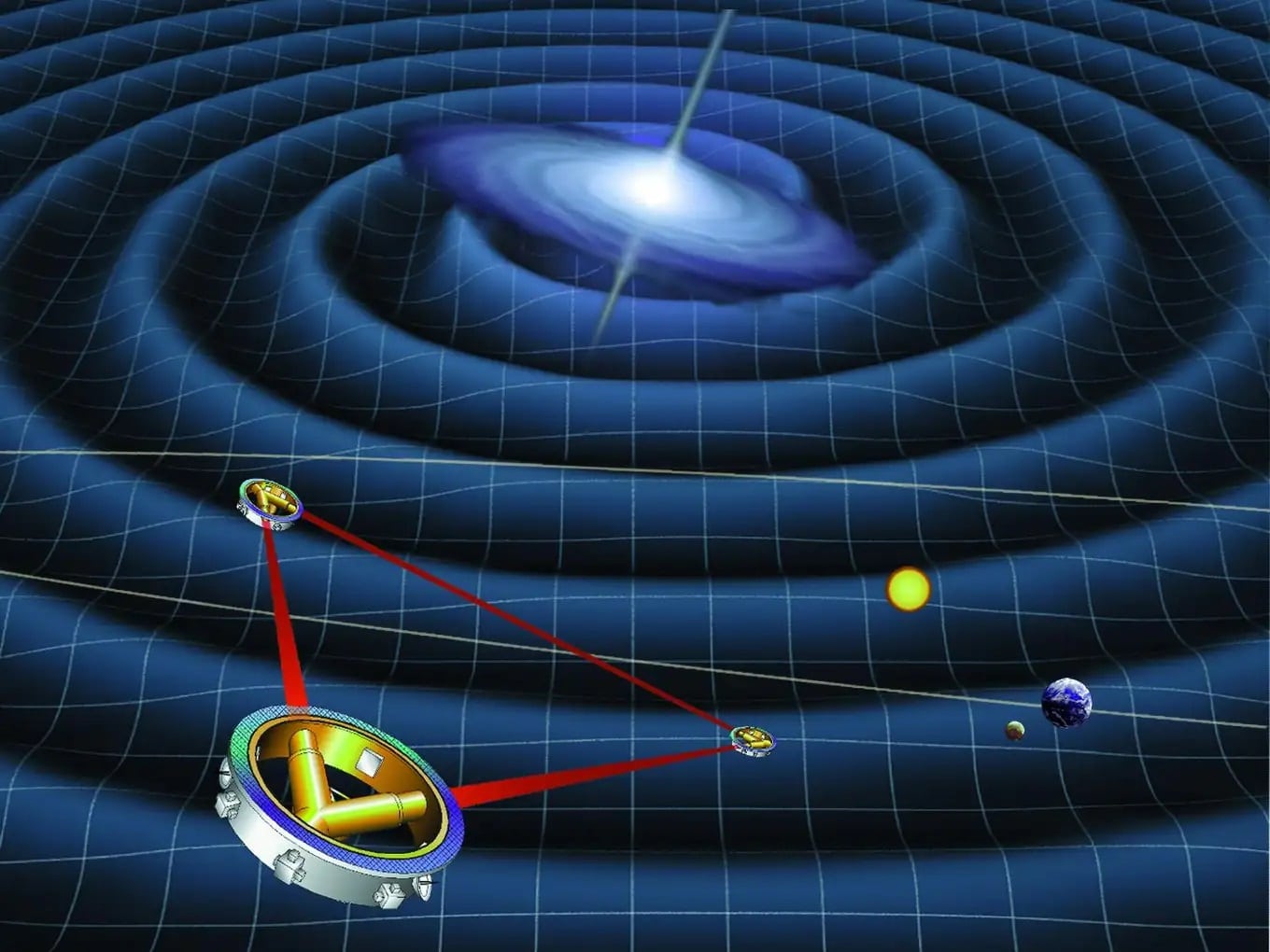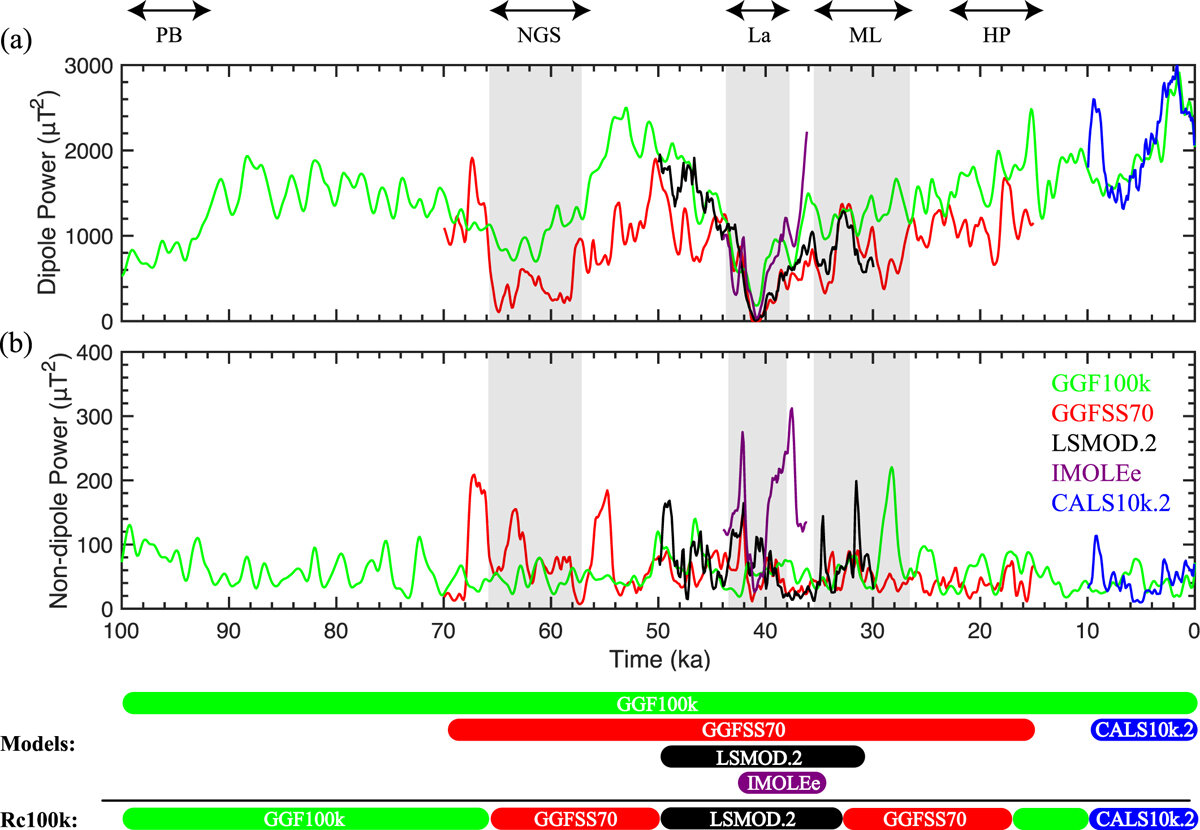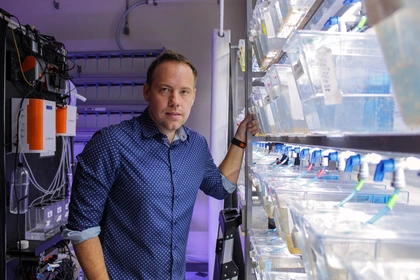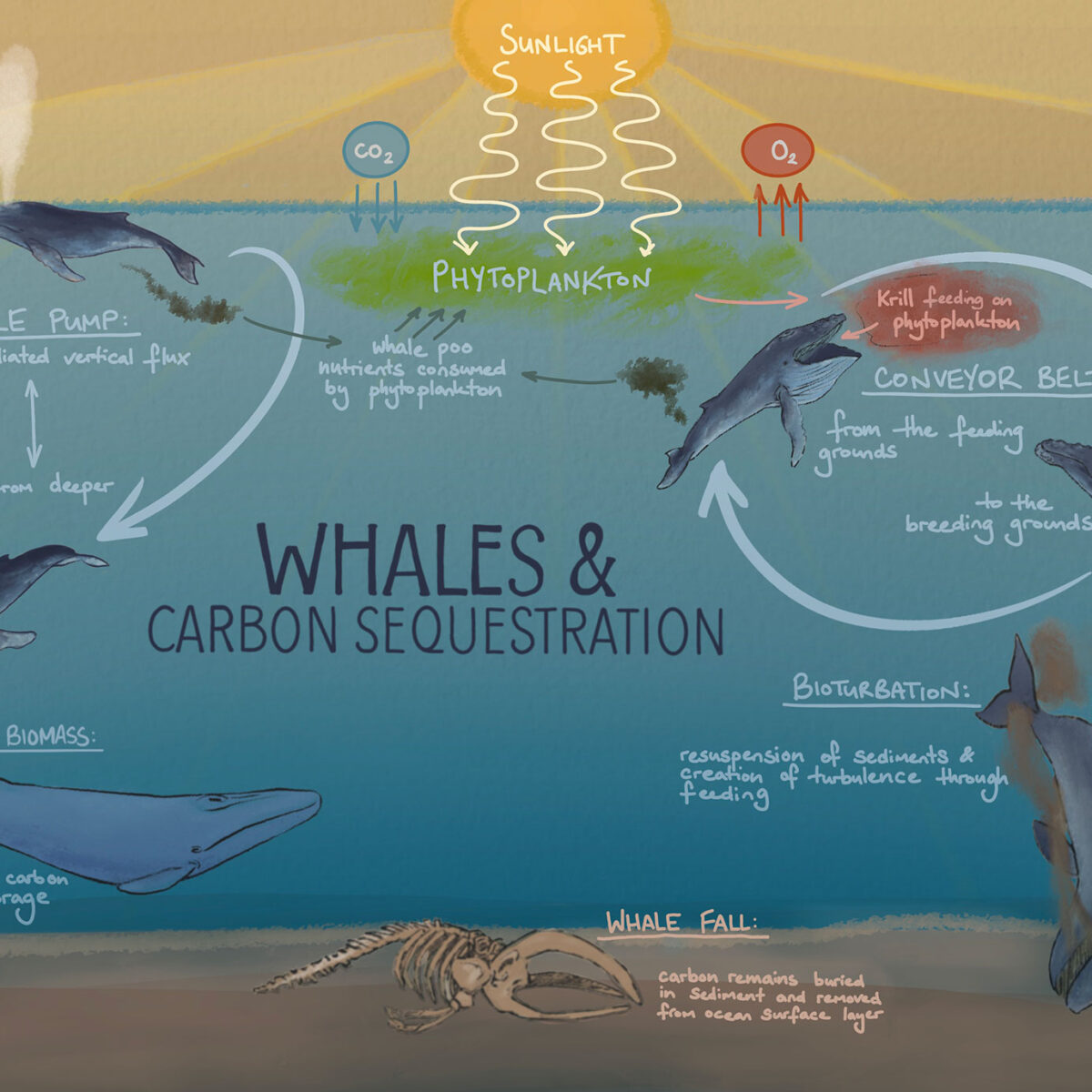Una tira de Möbius que consta solo de átomos de carbono.
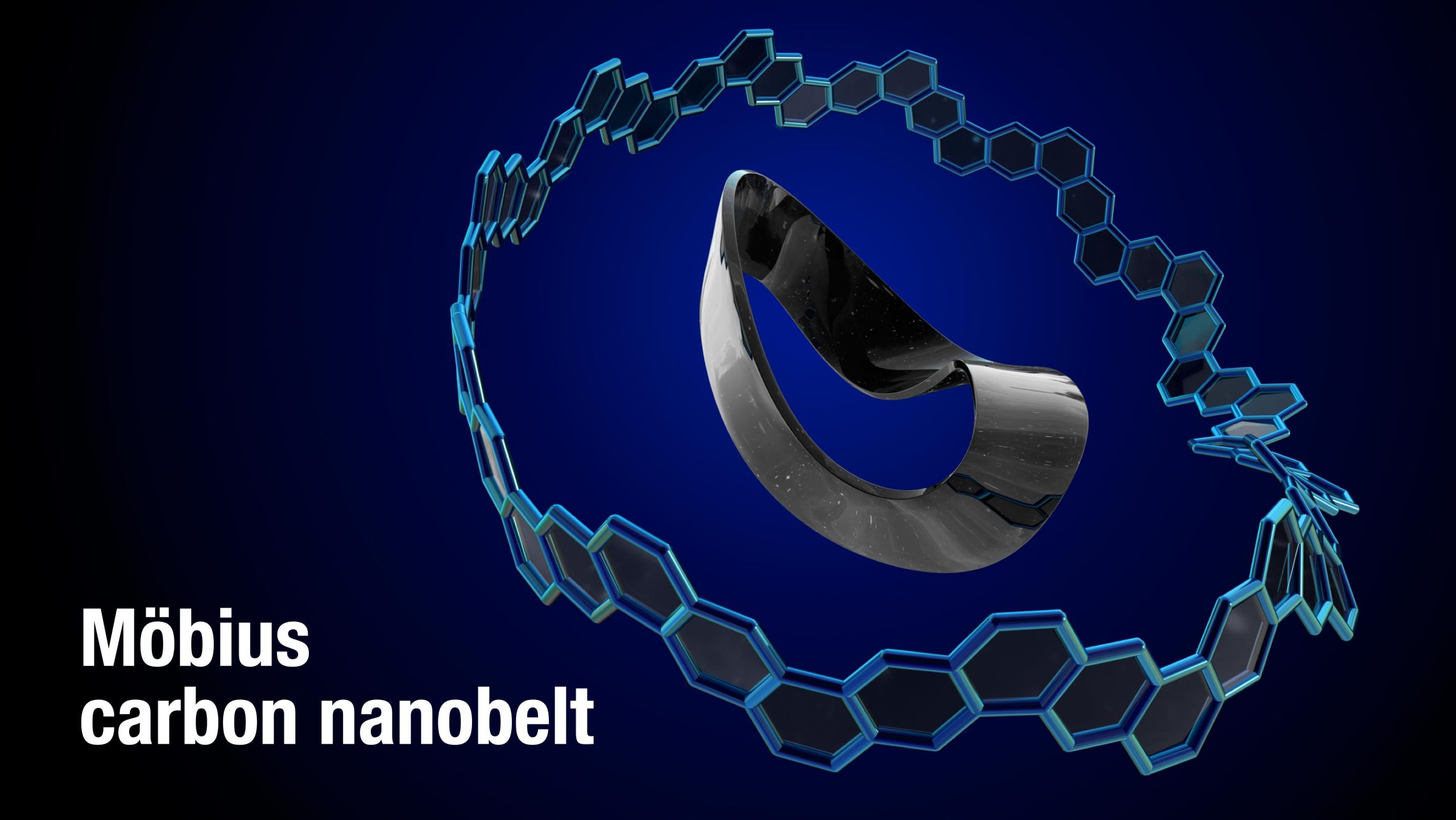
Por
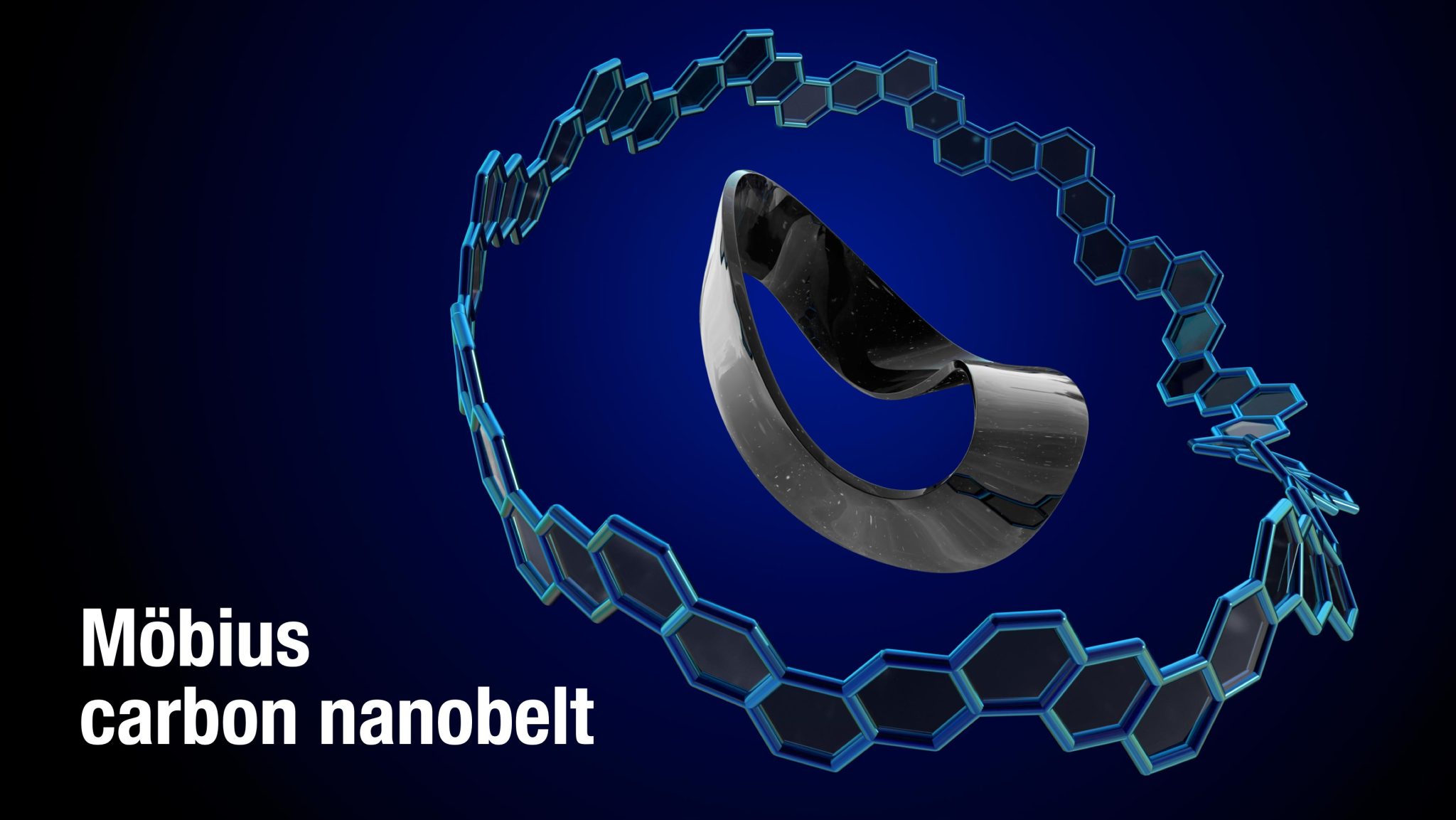
Un nuevo método de síntesis crea un nanocarbono molecular en forma de cinturón con una topología de tira de Möbius retorcida, es decir, un nanocinturón de carbono de Möbius. Crédito: Issey Takahashi
Los científicos han construido el primer nanocarbono molecular en forma de cinturón con una topología de tira de Möbius retorcida, un nanocinturón de Möbius de carbono, que allana el camino para el desarrollo de materiales de nanocarbono con estructuras topológicas complejas.
Lograr nanocarbonos estructuralmente uniformes, idealmente como moléculas individuales, es un gran desafío en el campo de la ciencia del nanocarbono para relacionar correctamente la estructura y la función. Por lo tanto, la síntesis de nanocarbonos estructuralmente uniformes es crucial para el desarrollo de materiales funcionales en nanotecnología, electrónica, óptica y aplicaciones biomédicas.
Una herramienta importante para lograr este objetivo es la ciencia del nanocarbono molecular, que es un enfoque ascendente para crear nanocarbonos mediante la química orgánica sintética. Sin embargo, los nanocarbonos moleculares sintetizados previamente tienen estructuras simples, como la de un anillo, un cuenco o un cinturón. Para realizar nanocarbonos inexplorados y teóricamente predichos, es necesario desarrollar nuevas metodologías para la síntesis de nanocarbonos moleculares con estructuras más complejas.
Ahora, un equipo de investigadores dirigido por Kenichiro Itami (Profesor,[{» attribute=»»>Nagoya University), and Yasutomo Segawa (Associate Professor, Institute for Molecular Science) and Yuh Hijikata, (Specially Appointed Associate Professor, ICReDD) has synthesized a belt-shaped molecular nanocarbon with a twisted Möbius band topology, i.e., a Möbius carbon nanobelt.
“The Möbius carbon nanobelt was a dream molecule in the scientific community after we reported the first chemical synthesis of a carbon nanobelt—an ultra-short carbon nanotube—in 2017. Just like belts we use every day, we imagined what would happen to our ‘molecular belt’ when tightened with a twist. It’s another amazingly beautiful molecule,” says Kenichiro Itami, leader of the research group. Such a twisted Möbius carbon nanobelt should manifest quite different properties and molecular motions compared to those with a normal belt topology. However, creating this twist is easier said than done. “We knew from our previous synthesis of carbon nanobelts that the strain energy is the biggest hurdle in the synthesis. Moreover, the additional twist within the belt structure makes the strain energy of the final target molecule even higher. The key to the success in the actual synthesis was our molecular design and detailed examination of the reaction conditions,” says Yasutomo Segawa, a co-leader of the project.
The rational synthetic route was determined by using the theoretical analysis of the huge strain derived from both the belt-shape and twisted molecular structure of Möbius carbon nanobelt. The Möbius carbon nanobelt was synthesized in 14 chemical reaction steps including a newly developed functionalization reaction, Z-selective Wittig reaction sequence, and strain-inducing nickel-mediated homocoupling reaction. Spectroscopic analysis and molecular dynamics simulation reveal that the twist moiety of the Möbius band moves quickly around the Möbius carbon nanobelt molecule in solution. The topological chirality originating from the Möbius structure was confirmed experimentally using chiral separation and circular dichroism spectroscopy.
Looking back in history, new forms of carbon and nanocarbons have consistently opened doors to new science and technology and have led to the discovery of extraordinary (and often unpredictable) properties, functions, and applications. The present work is a pioneering achievement that paves the way for the development of nanocarbon materials with complex topological structures and the birth of innovative materials science using Möbius topology.
Reference: “Synthesis of a Möbius carbon nanobelt” by Yasutomo Segawa, Tsugunori Watanabe, Kotono Yamanoue, Motonobu Kuwayama, Kosuke Watanabe, Jenny Pirillo, Yuh Hijikata and Kenichiro Itami, 19 May 2022, Nature Synthesis.
DOI: 10.1038/s44160-022-00075-8

